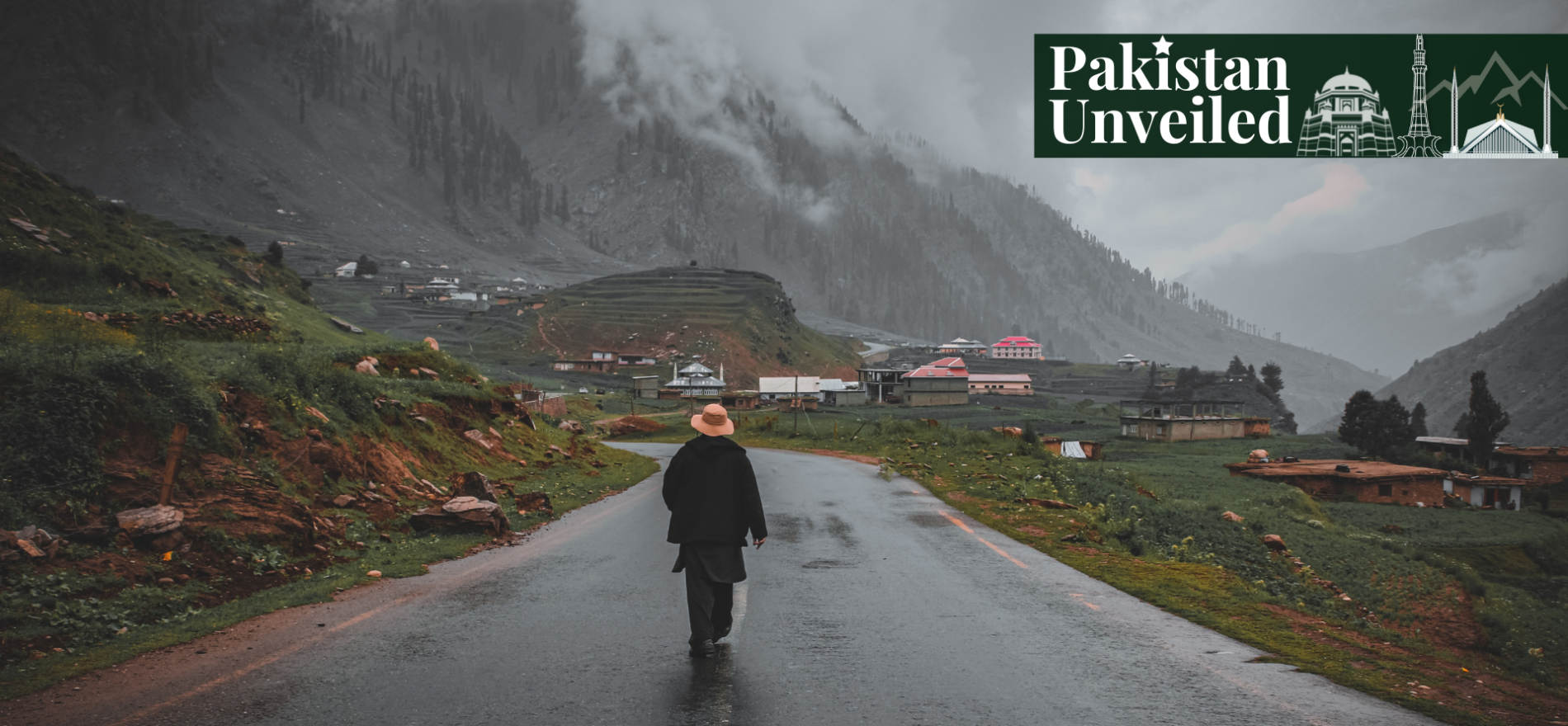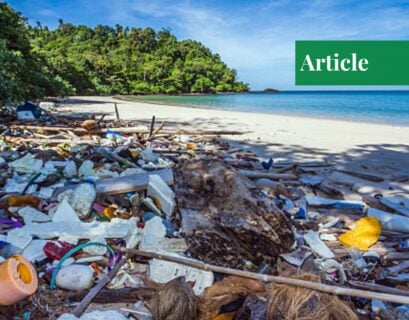Mr Muhammad Hamza Tanvir is an independent journalist and a political analyst, focusing primarily on regional and global strategic and political issues. He has authored numerous articles for different national and international publications.
Tourism in Pakistan
Pakistan is home to diverse topography and cultures; from scenic to religious attractions, the country holds strong tourism potential. However, due to political indifference and neglect, much of the potential remains untapped. The tumultuous history of Pakistan has overshadowed its untapped tourism potential, with the Post-9/11 situation further tarnishing the image of the country globally. Fortunately, the paradigm is now being shifted.
In recent years, the government of Pakistan has given eminent importance to the tourism industry. There have also been multiple seminars and events at the international level to promote the tourism potential of the country. The travel vlogs by international vloggers have sparked the growth of tourism in the country. Prestigious international organizations have also contributed to highlighting the tourism potential of Pakistan.
International Recognition of Pakistan’s Tourism Potential
In 2018, Pakistan was ranked as a top tourist destination for backpacking by the British Backpacker Society. Samuel Joynson, one of its founders, ranked the country on top of the list because of the hospitality and friendliness of the locals and the dramatic mountain scenery. Pakistan’s northern belt is often compared to Switzerland for its incredible scenery and snow sports potential.
Similarly, a top travel magazine Conde Nast Traveler ranked the country at the top of its list Ultimate Travel Destinations of The World for 2021. The magazine stated that the visitors will find that not much has changed since the Mughal era; they can explore the peaks’ gemstone mines, winding trails, and the majestic Fairy Meadows. Forbes also enlisted the country as a top tourist destination.
Pakistan hosts six UNESCO sites across the country, including the famous Lahore Fort and the Buddhist Ruins of Takht Bahi. The diversity of the country’s tourist sites is what makes it attractive to all sorts of tourists and professionals. It is expected that UNESCO may nominate the country for its national parks and archeological sites in its list.
Furthermore, the visit of the Duke and Duchess of Cambridge to Pakistan in late 2019 was a turning point in the history of the tourism industry in Pakistan. The royal couple displayed the strengths of the country, including the unique nature of Pakistan’s identity and the hospitality of the locals. The visit of the world’s most famous couple also nullified the perception of Pakistan as a dangerous place for tourists.
On January 24th, 2020, the UK government announced a revision in its travel advisory regarding Pakistan to reflect the improved security situation in the country. This can be attributed to the positive tourist rankings and convenience of obtaining a visa to travel to Pakistan.
Many local and international organizations are now trying to tap into Pakistan’s tourism potential – a recent example being the Careem-TDCP partnership.
In May 2023, the Pakistan Tourism Development Corporation (PTDC) established a pavilion at the Arabian Travel Mart (ATM). ATM is a significant international event within the travel industry held in Dubai, where it serves as a platform connecting tourism service providers with buyers and trade visitors.
2023 Latest Updates on Pakistan’s Tourism Industry
The tourism industry of Pakistan comprises sports, adventure, eco-tourism, historical, gastronomy, and religious tourism. The country has seen a massive inflow of visitors in the last few years and it will likely continue to grow; as per Statista, the tourism industry of Pakistan is projected to reach US$3,008.00m in 2023.
During the ceremony commemorating the Pakistan and China Year of Tourism in 2023, Syed Wasi Shah, serving as the caretaker Minister of State for Tourism, extended an invitation to China to explore investment opportunities within Pakistan’s tourism sector.
Additionally, PTDC (Pakistan Tourism Development Corporation) orchestrated a series of webinars designed to foster connections between tour operators from China and Pakistan, thereby bolstering B2B collaborations. In conjunction with these efforts, a new initiative named “Salam Pakistan” has been introduced to attract international tourists. This initiative serves as Pakistan’s tourism brand, with the primary objective of establishing a positive image of the country on the global stage. Furthermore, the government has inaugurated an e-portal designed to guide foreign travelers to various tourist attractions within Pakistan.
A Glimpse into Tourist Attractions in Pakistan
Pakistan is home to the world’s most stunning mountain ranges in the world; the country is rife with famous mountain peaks, beautiful valleys, and deserts along with several ancient civilizational sites. Here are a few to mention.
Hunza Valley
The term tourism in Pakistan instantly brings to mind the beautiful Hunza Valley, located in Gilgit-Baltistan. The district comprises numerous valleys and villages. It is also a part of the Ancient Silk Road. The community is welcoming and hospitable.
The Passu Cones are a picturesque sight as one drives through the Karakoram Highway. The Attabad Lake in Hunza is another famous destination; it was formed as a result of a massive landslide that occurred in 2010. Eagle’s Nest, a beautiful viewpoint in the Hunza district, is said to be the site of the most epic sunsets.
Phander Lake
This teal-colored lake is located in Phander village. Its location and scenery make it fit for a landscape painting with a backdrop of ever-green treats. This lake is less popular as compared to Hunza’s Attabad Lake and hosts very few tourists.
Broghil Valley
This valley is located adjacent to Afghanistan’s Wakhan Corridor and could previously only be accessed through horse rides or trekking. Nowadays, it can be reached through jeeps. The valley allows a handful of visitors because it opens for a very few months and remains covered under snow most of the year. While Pakistanis are allowed to visit it without seeking any sort of permission, foreigners require the Deputy Commissioner’s permission to visit the valley. The valley is home to several high-altitude lakes, sprawling green pastures, and yaks.
Swat Valley
This valley of Khyber Pakhtunkhwa has a harsh past as it was under the control of the Taliban for a very short period but now the area is secure and safe for Pakistanis as well as foreigners. The most beautiful area of the Swat Valley is its Kalam region.
The Kalam town has multiple beautiful valleys. Boyun Village is one of the most charming sites in the region. It is also known as the “Green Top”. Reaching the peak of the village, after a steep trek from Kalam town, one is rewarded with the view of iconic vast villages and the sweeping views of the valley below.
Another irresistible tourist attraction is the Ushu forest in the Kalam Valley. The forest is replete with Deodar trees and a wonderful place to be immersed in the beauty of nature. The road leading to the forest lies along the Kalam River.
Kandhor and Spindhor lakes are also appealing sites for tourists. These lakes are a two-hour drive from the Kalam Valley. The Kandol lake is accessible through a jeep track while Spindhor can be reached by a two-hour-long trek.
Deosai National Park
Deosai National Park is one of the most captivating and serene destinations for tourists. It is known for its rich flora and fauna and resides along the steppes of the famous Karakoram-West Tibetan plateau. This is the highest plateau on the planet and is spread across 3000 sq kilometers. This plateau is famous for its biodiversity which earned it the honor of a national wilderness park. It is also a World Heritage Center.
The fertile plains of the National Park are covered with a myriad of colorful wildflowers during the spring season. The Park was initially established to secure the survival of the Himalayan brown bear. The Park also hosts other animals which include Golden Marmots, Soaring Lammergeiers, and Snow Leopards.
Religious Tourism in Pakistan
The geography of Pakistan has made it an important center for religious tourism. The history of the region is rich with multiple religious pasts. Along with Muslims, Pakistan is an important site for Sikh and Buddhist tourists.
Punjab was once the center of the Sikh empire. The holiest site for the Sikhs, Baba Guru Nanak’s birthplace, is located in Pakistan. Panja Sahib, Hassan Abdal, is also an important religious site for the Sikh community. Many pilgrims from India visit both sites every year. The number of these visitors could further be increased by easing tensions between the two countries. This could be highly lucrative for the country’s economy as these sites could attract as many pilgrims as the Golden Temple in Amritsar.
Similarly, there are multiple sites for Buddhists in the region. Pakistan’s Gandhara region which comprises Taxila, Mardan, and Swat holds special eminence for the Buddhists. Particularly, Korean Buddhists trace their religious origin back to Pakistan. The Buddhist tourism market is estimated to be worth 500 million. This can boost the economy of the country’s manifolds. The country is also home to many Sufi shrines such as Data Darbar, Abdullah Shah Ghazi shrine, Golra Sharif, Pakpattan Sharif, along with multiple shrines in Multan which attract Muslims from all around the world. These shrines are open for visitors from Turkey and other Middle Eastern countries like Syria, Egypt, and Iraq where Sufism holds prominence.
Tourism and Pakistan’s Economy: A Positive Impact
Tourism is a fundamental tool for surging economic growth. It is one of the seminal economic sources of any country as it provides a country with opportunities to boost small industries and create numerous sources of livelihood and income generation. Thus, it contributes to an increase in the average income of the local community along with improving their living standard. For example, the newly developed Luxus Resort at the Attabad Lake in Hunza is attracting a huge number of tourists – automatically creating revenue opportunities for locals.
Furthermore, it can attract foreign and local investment in the development sector as well as in other industries i.e. the foreign business community, by depicting a positive image of Pakistani society. Many countries including Turkey, Malaysia, and UAE have improved their economies through tourism. UAE is moving from an oil-based economy to a tourism-based economy at a very fast pace.
Pakistan has strong potential for religious as well as cultural tourism. The country is rife with irresistibly appealing mountains and plains; it is also home to many important religious sights and hence attracts pilgrims from all over the world. These sources of tourism can greatly boost the country’s GDP by generating employment opportunities, attracting foreign investors, and forming a positive perception of the country globally.
To optimally and sustainably develop its tourism sector, Pakistan must enhance accessibility to different regions by building infrastructure and improving facilities, exploring multicultural diversity through festivals, and, most importantly, being mindful of protecting and conserving the natural environment.
If you want to submit your articles and/or research papers, please check the Submissions page.
The views and opinions expressed in this article/paper are the author’s own and do not necessarily reflect the editorial position of Paradigm Shift.



















